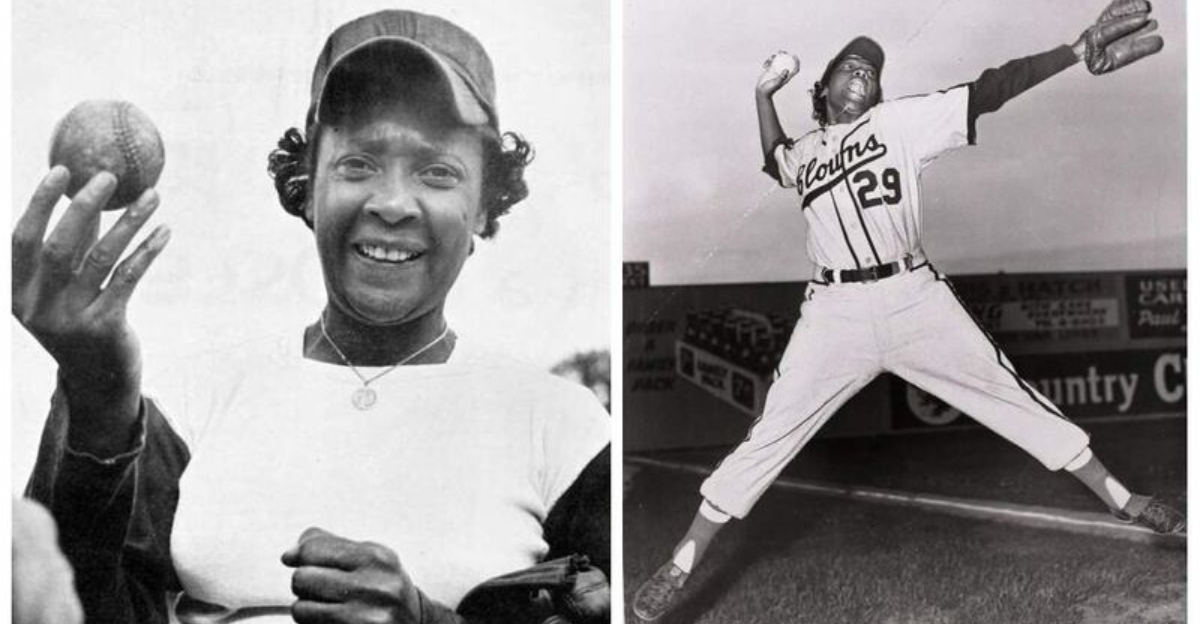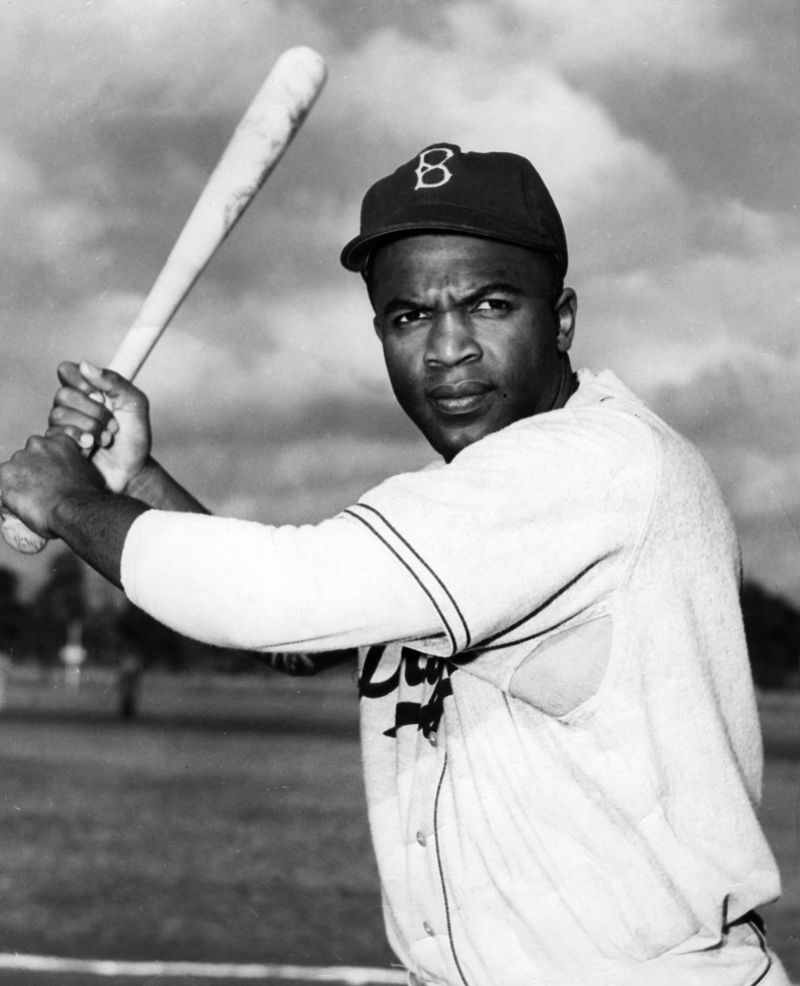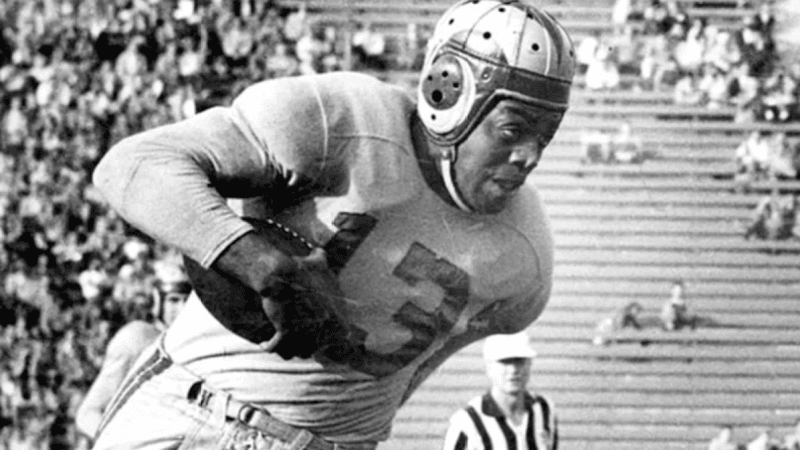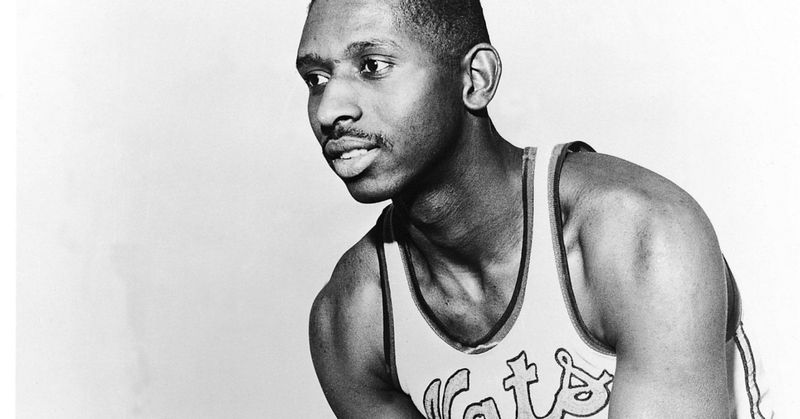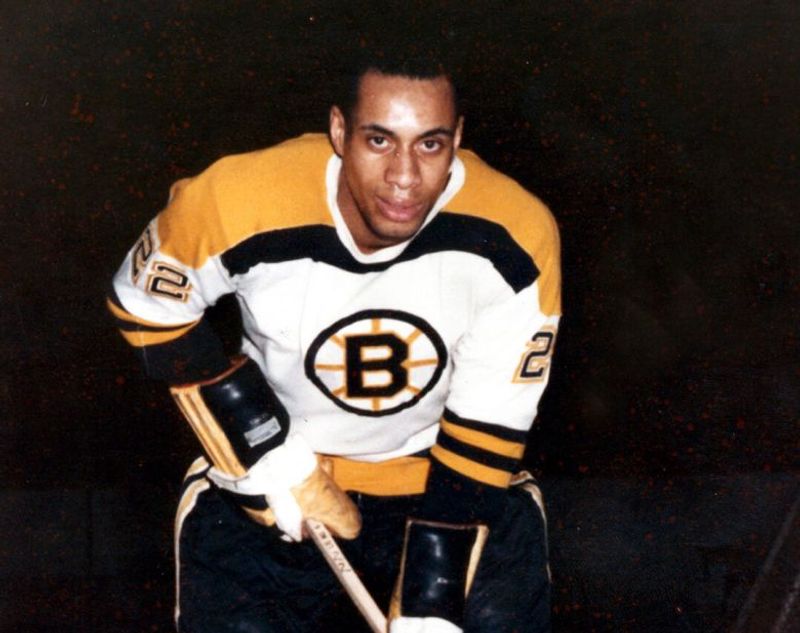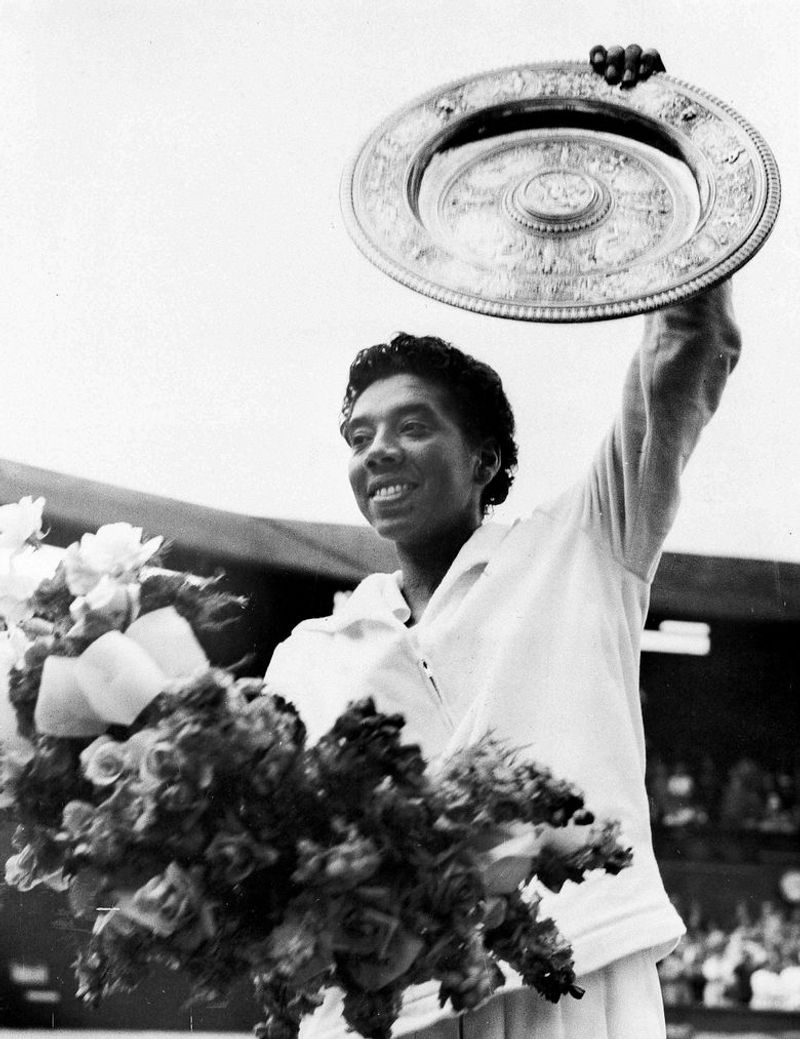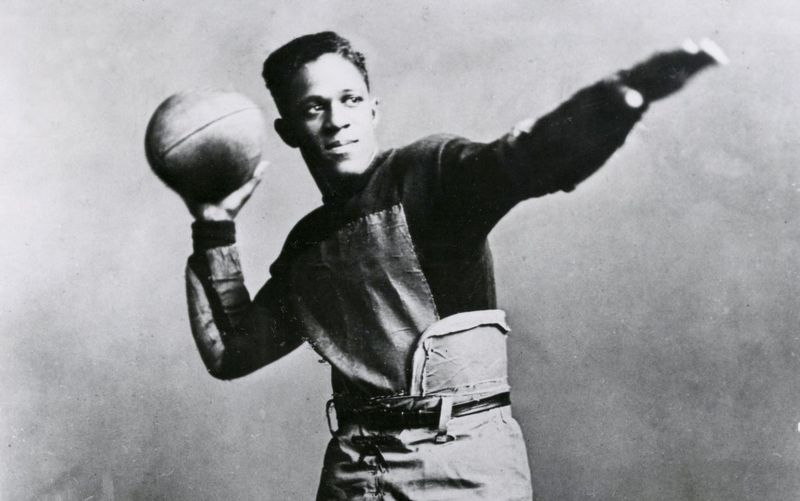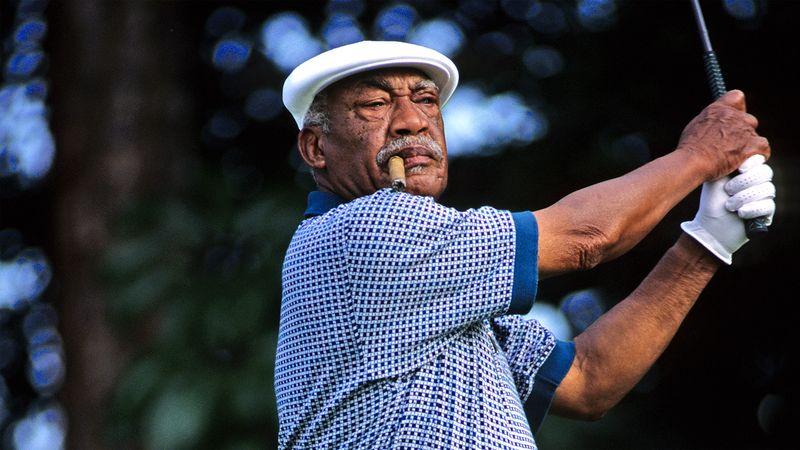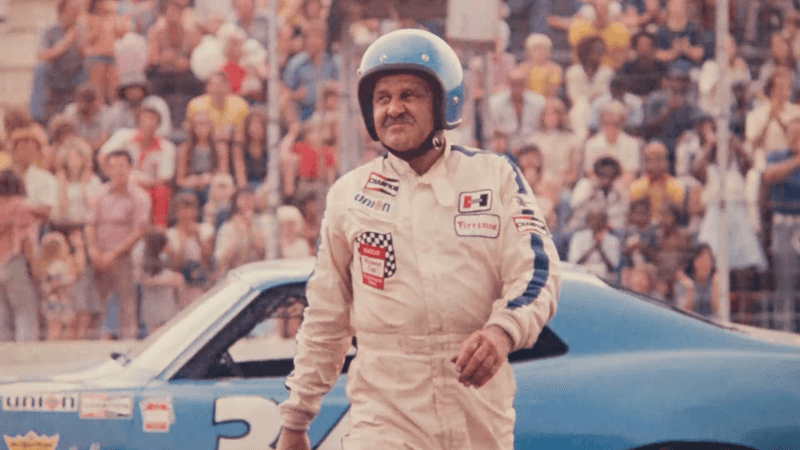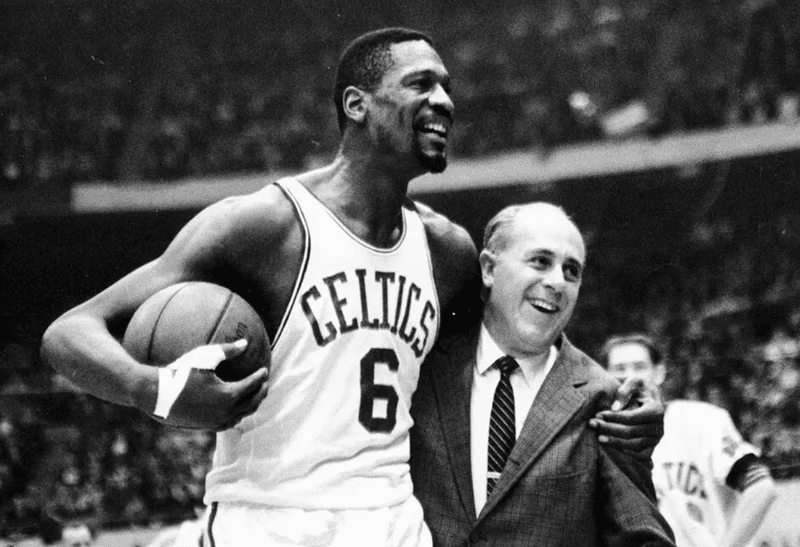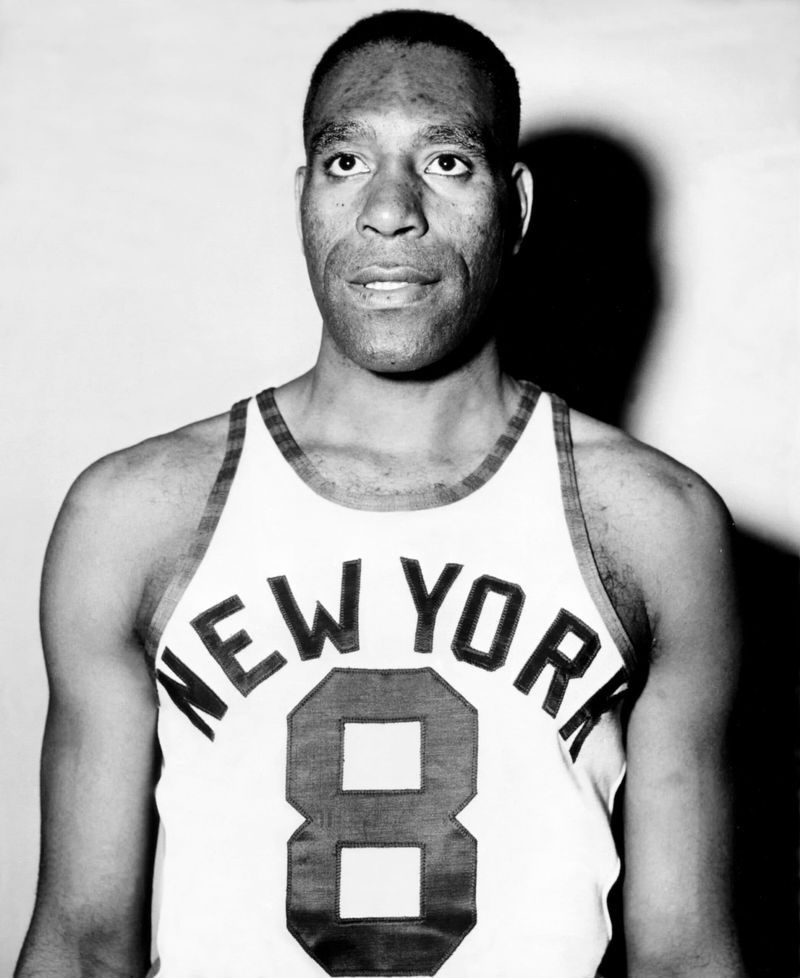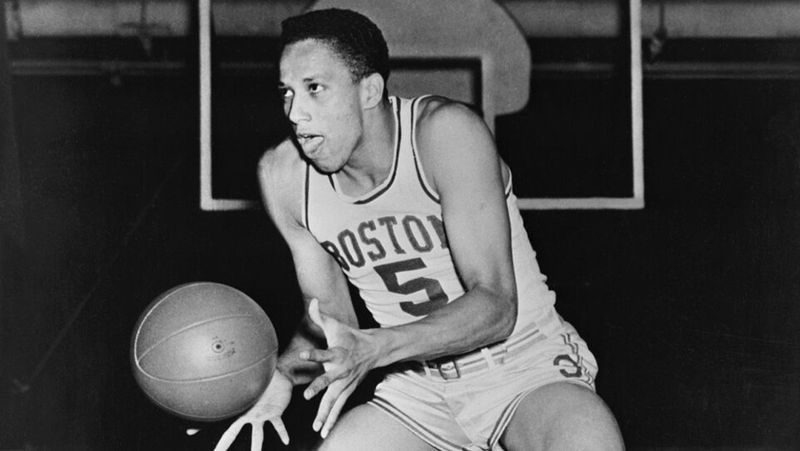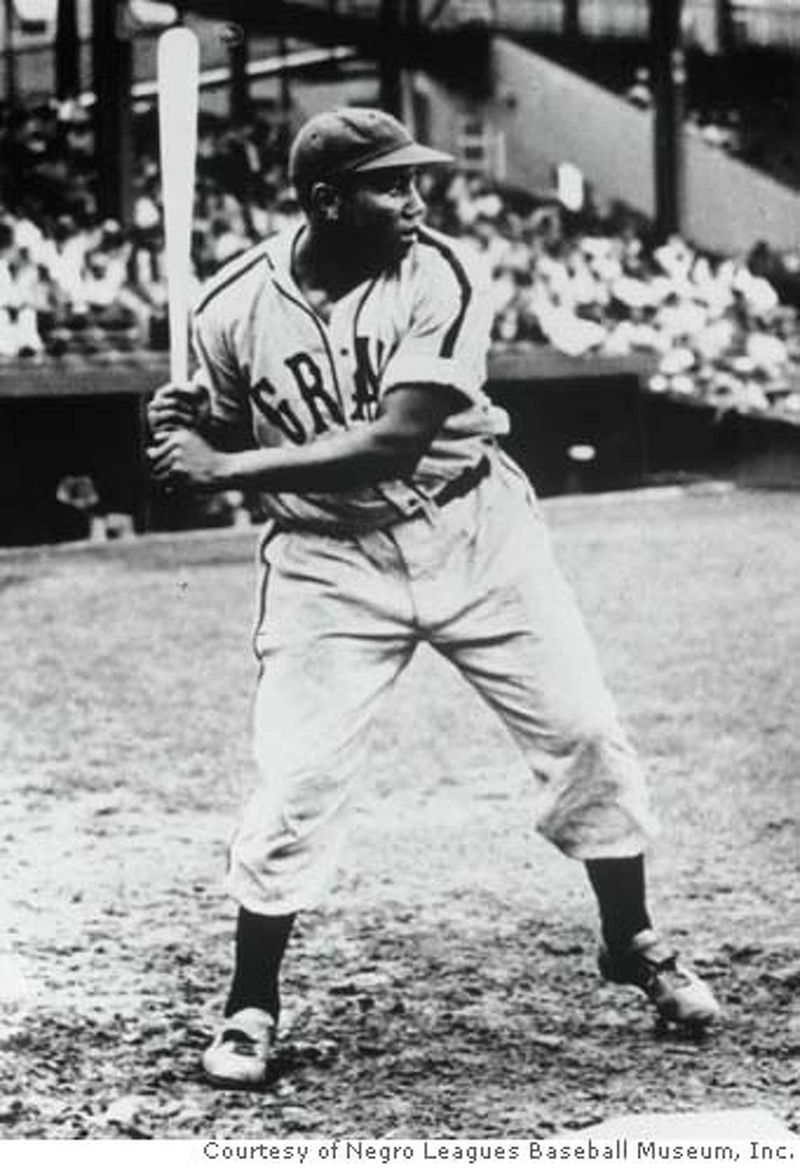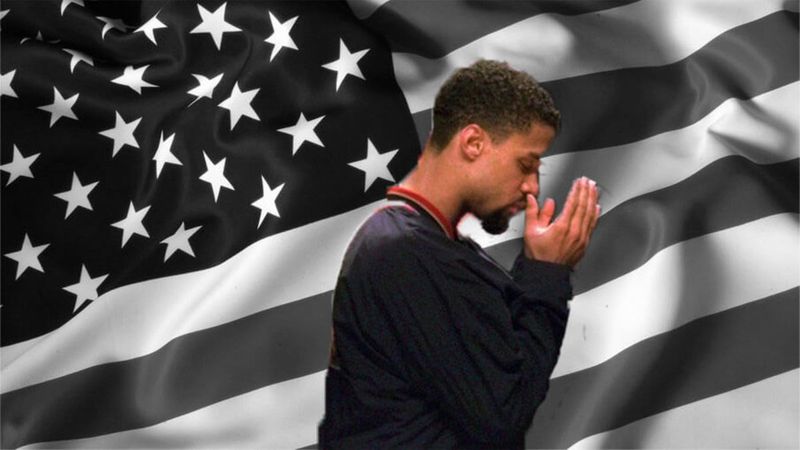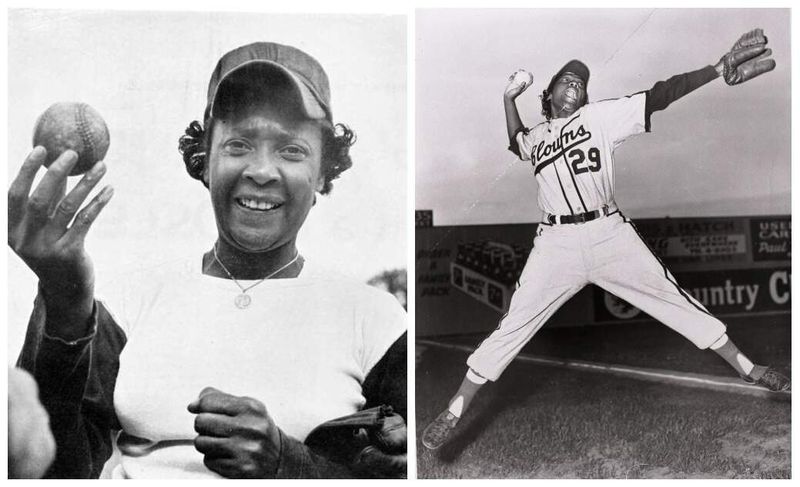Long before stadiums showcased diverse athletes, sports in America were strictly segregated. These brave pioneers didn’t just play games – they changed history by breaking color barriers and facing hatred with remarkable courage. Their achievements went far beyond statistics, transforming American sports and society by proving excellence knows no color.
1. Jackie Robinson: Baseball’s Barrier Breaker
April 15, 1947 marked a seismic shift in American history when Jackie Robinson took the field for the Brooklyn Dodgers. Wearing number 42, he shattered baseball’s color line while enduring vicious taunts, death threats, and teammates who refused to play alongside him.
Robinson’s remarkable restraint under pressure was as impressive as his blazing speed on the basepaths. He won Rookie of the Year honors and later MVP, proving his excellence undeniably.
Branch Rickey signed Robinson not just for his athletic gifts but his character strength – qualities that made him the perfect pioneer to integrate America’s pastime.
2. Kenny Washington: Football’s Forgotten First
Before the NFL’s glitz and glamour, Kenny Washington quietly made history as its first modern Black player. The Los Angeles Rams signed this UCLA standout in 1946, ending a shameful 12-year ban on African American players in professional football.
Washington’s journey wasn’t celebrated like Robinson’s. Playing through knee injuries and racial hostility, he averaged an impressive 6.1 yards per carry despite being well past his prime athletic years.
His signing opened doors for other Black players, including his UCLA teammate Woody Strode, who joined the Rams the same day.
3. Earl Lloyd: Basketball’s Quiet Trailblazer
“The Big Cat” prowled onto the court on Halloween night 1950, becoming the NBA’s first Black player in a regular-season game. Earl Lloyd suited up for the Washington Capitols, facing intense scrutiny but handling it with characteristic grace.
His milestone game happened with little fanfare – just another player trying to help his team win. Lloyd later won a championship with the Syracuse Nationals in 1955.
Unlike many pioneers, Lloyd enjoyed a successful nine-year career, averaging 8.4 points and 6.4 rebounds before becoming the NBA’s first Black assistant coach and later a head coach.
4. Willie O’Ree: Hockey’s Boundary Smasher
The frozen ceiling shattered on January 18, 1958, when Willie O’Ree skated onto Boston Garden ice wearing Bruins black and gold. Remarkably, he played professional hockey while legally blind in one eye – a secret he kept to avoid being deemed unfit.
Canadian-born O’Ree faced brutal racism both on and off the ice. Opposing players deliberately targeted him with their sticks while fans hurled both insults and objects.
Though his NHL career spanned just 45 games, O’Ree continued playing professionally until 1979 and later became the NHL’s Diversity Ambassador, introducing hockey to thousands of minority children.
5. Althea Gibson: Tennis Courts’ Groundbreaker
From Harlem’s streets to Wimbledon’s pristine lawns, Althea Gibson’s journey defied every expectation. In 1950, she became the first African American to compete at the U.S. National Championships (now the US Open), breaking tennis’s rigid color barrier with powerful serves and graceful volleys.
Gibson dominated women’s tennis during the late 1950s, capturing five Grand Slam singles titles. After conquering tennis, she pivoted to professional golf, becoming the first Black player on the LPGA Tour.
“I hope that I have accomplished just one thing,” Gibson once said, “that I have been a credit to tennis and my country.”
6. Fritz Pollard: Football’s Original Pioneer
Years before Jackie Robinson was born, Fritz Pollard was already making football history. This explosive 5’9″ Brown University All-American became one of pro football’s first Black players in 1919 and, remarkably, the sport’s first Black head coach while still playing.
Opposing players targeted Pollard with vicious hits while fans pelted him with objects. He often changed into his uniform in his car, as many locker rooms wouldn’t allow him entry.
Pollard’s innovations extended beyond breaking barriers – he introduced the forward pass to professional football and later founded his own team, the Chicago Black Hawks.
7. Charlie Sifford: Golf’s Determined Integrator
With a cigar clenched between his teeth and determination in his heart, Charlie Sifford took on golf’s exclusionary practices. The PGA’s “Caucasian-only” clause kept him from tournaments until 1961 when, at age 39, he finally earned his PGA Tour card.
Death threats arrived regularly. Tournament officials sometimes “lost” his entry forms. At Phoenix Open, he found human waste in the cup at the first hole.
Despite these obstacles, Sifford won the 1967 Greater Hartford Open and 1969 Los Angeles Open. His perseverance earned him the Presidential Medal of Freedom and paved the way for future Black golfers like Tiger Woods.
8. Wendell Scott: Racing Through Racism
The roar of engines couldn’t drown out the jeers Wendell Scott faced at every NASCAR track. This former moonshine runner became NASCAR’s first Black driver in 1961, competing in vehicles he built and repaired himself on a fraction of his competitors’ budgets.
Scott’s 1963 victory at Jacksonville’s Speedway Park highlighted the racism he battled. Officials initially awarded the trophy to a white driver, only acknowledging Scott’s win after the crowds had left.
NASCAR didn’t formally recognize his historic victory until 2021 – nearly 30 years after his death. Scott’s family finally received the trophy that should have been his decades earlier.
9. Bill Russell: Basketball’s Player-Coach Revolutionary
Eleven championship rings tell only part of Bill Russell’s story. The Boston Celtics center dominated the boards and pioneered shot-blocking, but his greatest breakthrough came in 1966 when he became the NBA’s first Black head coach – while still playing center.
Russell’s Boston experiences were complicated. The same fans who cheered his on-court excellence sometimes broke into his home and defaced his property with racist vandalism.
His dignified response to such treatment set a template for athlete activism. Russell attended the 1963 March on Washington, supported Muhammad Ali’s stance against the Vietnam War, and consistently used his platform to fight discrimination in sports and society.
10. Nat “Sweetwater” Clifton: Basketball’s Smooth Operator
Before joining the NBA, Nat Clifton dazzled crowds with the Harlem Globetrotters, earning his “Sweetwater” nickname for his love of soft drinks. His historic contract with the New York Knicks in 1950 made him one of the NBA’s first Black players, bringing his remarkable rebounding and passing skills to the professional ranks.
Standing 6’6″ with massive hands, Clifton’s playmaking abilities were ahead of his time. His infectious smile and charismatic personality won over some initially hostile fans.
The Knicks’ decision to sign Clifton wasn’t just about talent – it required courage from ownership during an era when integration sparked fierce backlash.
11. Chuck Cooper: Basketball’s Draft Trailblazer
“We draft the best player available regardless of color,” declared Boston Celtics owner Walter Brown when selecting Chuck Cooper in 1950. This second-round pick made Cooper the first Black player drafted into the NBA, marking a pivotal moment in basketball history.
The former Duquesne University star faced relentless discrimination. Hotels refused accommodations, restaurants denied service, and opposing players targeted him with elbows and knees.
Despite these challenges, Cooper played six professional seasons while earning his master’s degree in social work. After basketball, he became Pittsburgh’s first Black urban recreation director and later served on the city’s school board.
12. Josh Gibson: The Home Run King Who Never Got His Shot
They called him “the Black Babe Ruth,” though many who saw both play insisted Ruth should have been called “the white Josh Gibson.” This Negro Leagues superstar crushed baseballs with mythical power, reportedly once hitting a fair ball completely out of Yankee Stadium.
Gibson’s official Negro Leagues statistics show a .365 batting average with power that modern analysts compare to MLB’s greatest sluggers. His excellence made the MLB’s color line seem increasingly absurd to baseball fans.
Tragically, Gibson died of a stroke at just 35 in January 1947, three months before Jackie Robinson’s MLB debut. In 2020, MLB finally recognized Negro League statistics, officially acknowledging Gibson’s greatness.
13. Mahmoud Abdul-Rauf: Basketball’s Principled Protester
Long before Colin Kaepernick took a knee, Mahmoud Abdul-Rauf took a stand by not standing. The Denver Nuggets guard’s refusal to stand for the national anthem in 1996 sparked nationwide controversy and presaged today’s athlete activism movement.
Abdul-Rauf explained he couldn’t honor a symbol of “oppression and tyranny” due to his Islamic faith. The NBA suspended him, costing him $31,707 per missed game.
On the court, Abdul-Rauf was electric – a scoring machine with a sweet shooting touch and lightning quickness. His basketball career suffered after his protest, but his courage created a template for future athletes determined to use their platforms for social justice.
14. Toni Stone: Baseball’s Female Barrier Breaker
When Hank Aaron left the Negro Leagues’ Indianapolis Clowns for MLB in 1952, his replacement was revolutionary – Toni Stone, the first woman to play professional baseball as a regular on a men’s team. This middle infielder faced double discrimination as both Black and female in America’s segregated baseball world.
Stone’s baseball journey began when she refused to play softball, considering it inferior. Despite having male teammates who resented her presence, she famously collected a hit off legendary pitcher Satchel Paige.
Her .243 batting average came against elite competition while enduring taunts, pranks, and exclusion from team facilities – making her achievement all the more remarkable.
